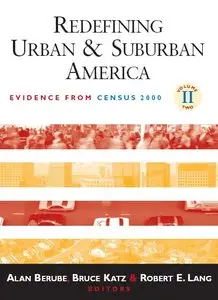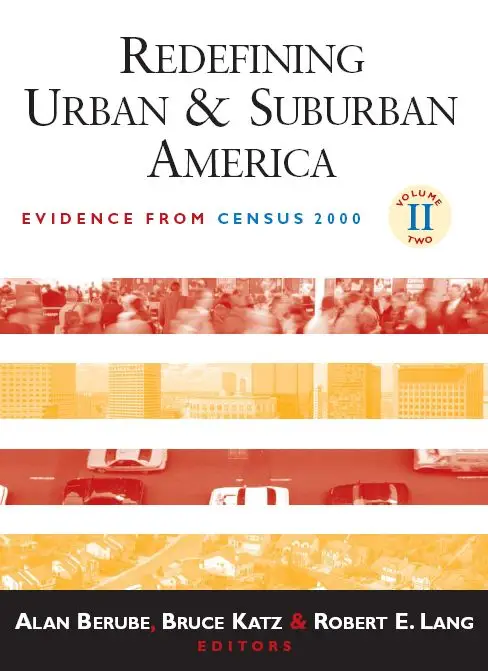Redefining Urban And Suburban America: Evidence From Census 2000 (Redefining Urban and Suburban America) by Robert E. Lang, Bruce Katz
English | ISBN: 0815748965 | PDF | 2005 | 348 pages | 3,7 Mb
English | ISBN: 0815748965 | PDF | 2005 | 348 pages | 3,7 Mb
The results from Census 2000 continue to disclose remarkable population trends in the nations cities and suburbs during the last decade of the twentieth century. They confirm that American metropolitan areas lie at the heart of the nations most pronounced demographic and economic changes.
The first volume in the Redefining Urban and Suburban America series focused on population growth and decline, and the dramatic changes occurring in the racial and ethnic makeup of cities and suburbs. The second volume made clear that regional differences add texture to migration, income and poverty, and housing trends in the nations largest cities and metropolitan areas. This third volume in the series describes anew the changing shape of metropolitan America and the consequences for policies in areas such as employment, public services, and urban revitalization.
As decentralization of population and economic activity continued in most metropolitan areas, once-suburban areas have transformed into new engines of metropolitan growth, or "boomburbs." At the same time, some traditional central cities have enjoyed a population renaissance, thanks to the appeal of "living downtown," often close to workplaces and entertainment. The book's contributors probe the rise of these new growth centers and their impact on the metropolitan landscape. Volume three also provides a closer look at the social and economic impacts of growth patterns in cities and suburbs, including how suburbanization has affected access to employment for minorities and lower-income workers, the way that housing development influences central city population growth and decline, and how these patterns are shifting the economic balance between older and newer suburbs.



